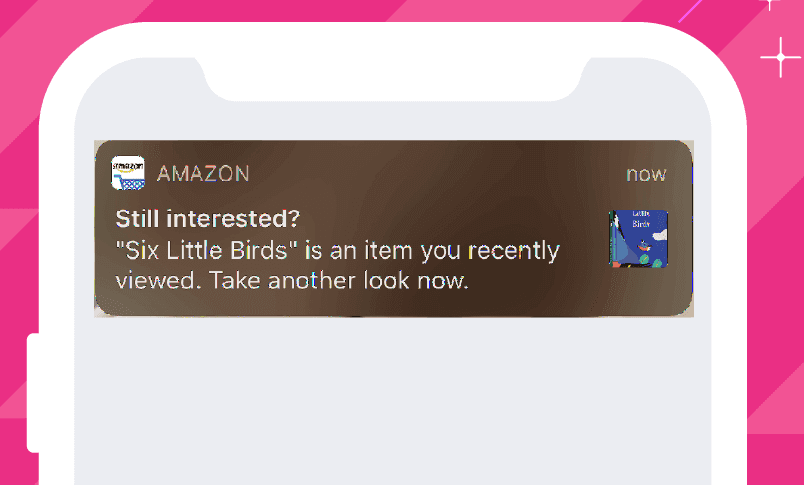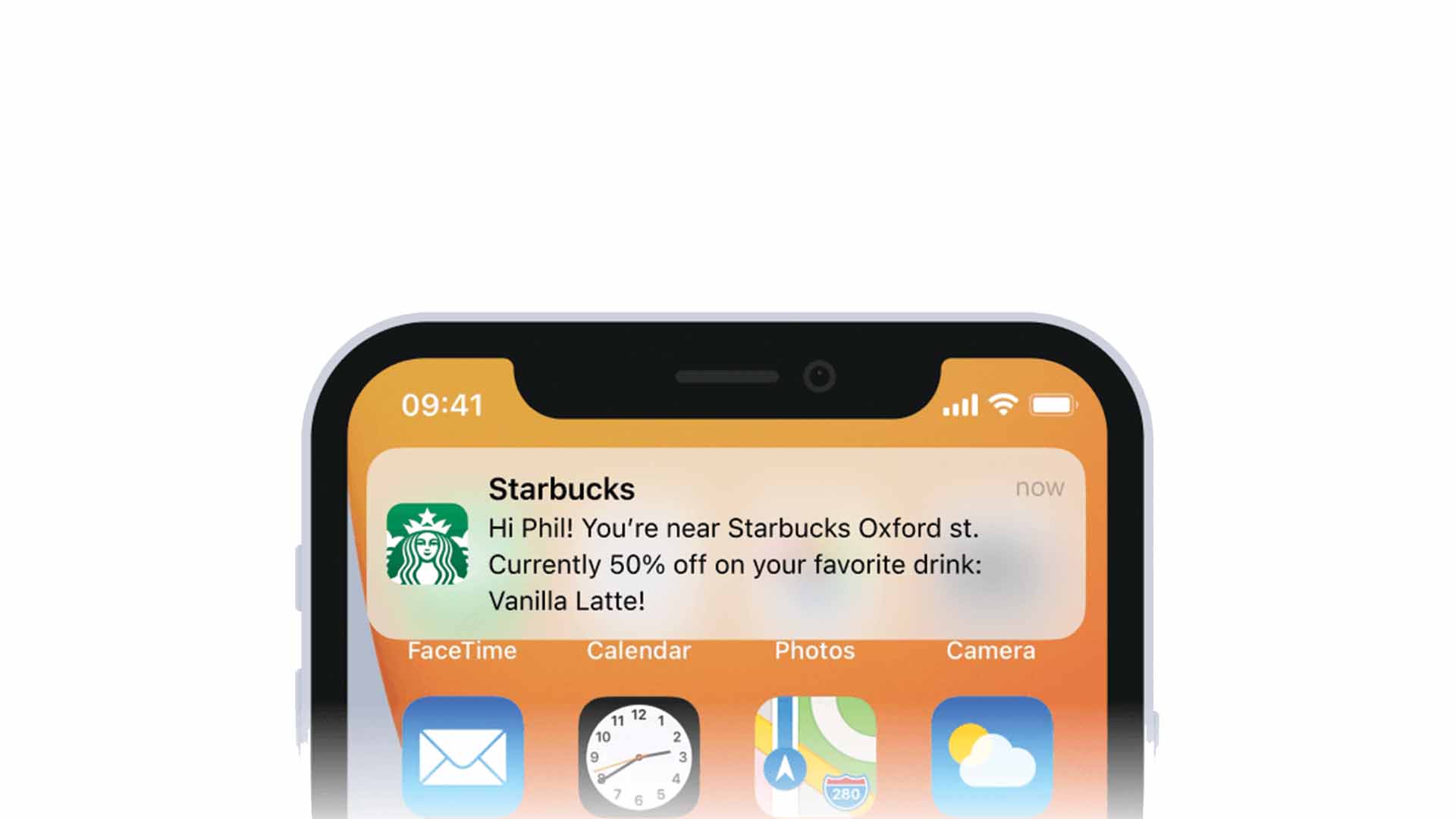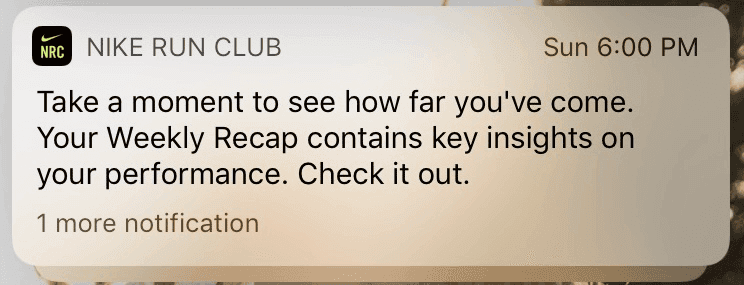2
min to read
Feb 26, 2024
In the dynamic landscape of modern business, customer loyalty stands as a cornerstone for sustainable success. As businesses strive to differentiate themselves in crowded markets, nurturing and retaining loyal customers has become a strategic imperative. One powerful approach to achieving this is through lifecycle marketing strategies. By understanding and engaging customers at every stage of their journey, businesses can build lasting relationships, drive repeat purchases, and foster brand advocacy. In this comprehensive guide, we delve into the intricacies of lifecycle marketing, exploring key strategies to unlock customer loyalty.
Introduction to Lifecycle Marketing
Lifecycle marketing is a strategic approach that focuses on engaging customers throughout their journey with a brand, from initial awareness to post-purchase support. By tailoring interactions based on where customers are in their lifecycle, businesses can deliver relevant and personalized experiences that resonate with their needs and preferences. This targeted approach not only enhances customer satisfaction but also drives long-term loyalty and advocacy.
Understanding the Customer Lifecycle
The customer lifecycle typically consists of several stages:
Awareness: Customers become aware of a brand or product.
Consideration: Customers evaluate options and consider making a purchase.
Purchase: Customers make a purchase and become paying customers.
Retention: Businesses focus on retaining customers through ongoing engagement.
Advocacy: Loyal customers become advocates who promote the brand to others.
Each stage presents unique opportunities for businesses to connect with customers and influence their behavior. By mapping out the customer journey and identifying touchpoints at each stage, businesses can design targeted marketing campaigns that guide customers seamlessly through the lifecycle.
Key Strategies for Lifecycle Marketing
Personalization: Tailoring messages and offers based on customer preferences and behavior enhances relevance and fosters stronger connections.
Segmentation: Dividing customers into segments based on demographics, behavior, or preferences allows for more targeted communication and engagement.
Automation: Leveraging automation tools to deliver timely and personalized messages at scale improves efficiency and effectiveness.
Omni-channel Engagement: Engaging customers across multiple channels such as email, social media, and in-store experiences creates a cohesive brand experience.
Feedback Loop: Soliciting feedback from customers at various touchpoints helps businesses understand their needs and preferences better, enabling continuous improvement.
Implementing Lifecycle Marketing Strategies
To effectively implement lifecycle marketing strategies, businesses can follow these steps:
Data Collection: Gather data on customer interactions, preferences, and behaviors to inform personalized marketing efforts.
Customer Segmentation: Divide customers into segments based on common characteristics or behaviors to tailor messaging effectively.
Content Creation: Develop relevant and engaging content that resonates with each segment throughout the customer journey.
Automation Setup: Implement automation tools to deliver targeted messages at key touchpoints in the customer lifecycle.
Measurement & Optimization: Track key performance indicators (KPIs) such as conversion rates, retention rates, and customer lifetime value to measure the effectiveness of lifecycle marketing efforts.
Case Studies: Successful Implementation of Lifecycle Marketing
Amazon: Amazon excels in using data-driven insights to personalize recommendations for customers based on their browsing history and purchase behavior.

Starbucks: Starbucks leverages its mobile app to engage customers throughout their journey by offering rewards, personalized offers, and convenient ordering options.

Nike: Nike creates a sense of community among its customers by encouraging user-generated content, fostering brand advocacy among loyal fans.

Conclusion
In conclusion, unlocking customer loyalty through lifecycle marketing is a strategic imperative for businesses looking to thrive in today's competitive landscape. By understanding the nuances of the customer journey and implementing targeted strategies at each stage, businesses can build lasting relationships, drive repeat purchases, and foster brand advocacy. Embracing personalization, segmentation, automation, omni-channel engagement, and feedback loops can help businesses create meaningful connections with customers that transcend transactions. As businesses continue to evolve in response to changing consumer behaviors and market dynamics, mastering lifecycle marketing will be key to unlocking sustainable growth and success.
By adopting a customer-centric approach that prioritizes engagement throughout the entire lifecycle, businesses can cultivate loyal advocates who not only drive revenue but also contribute to long-term brand sustainability. As we navigate the ever-changing landscape of modern business, embracing lifecycle marketing as a core strategy will undoubtedly be instrumental in unlocking the full potential of customer loyalty.
Remember: The journey doesn't end with a purchase; it's just the beginning of a relationship waiting to be nurtured!




